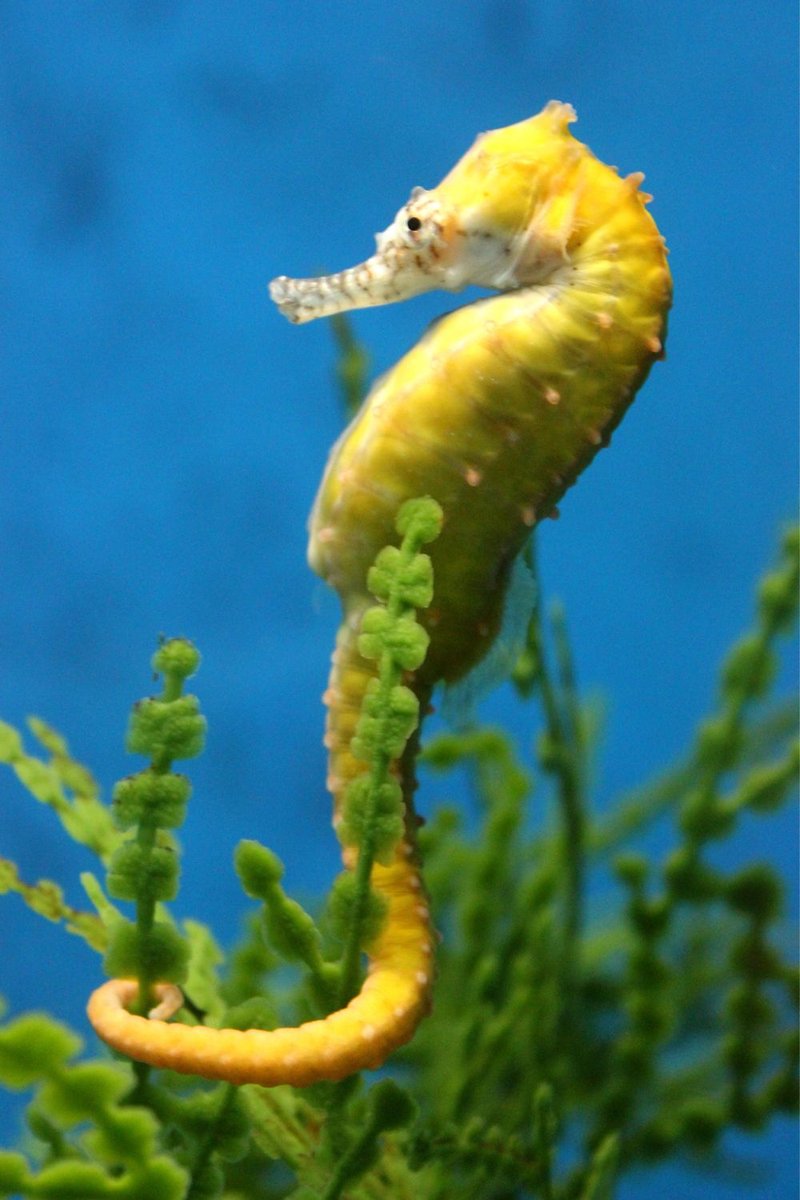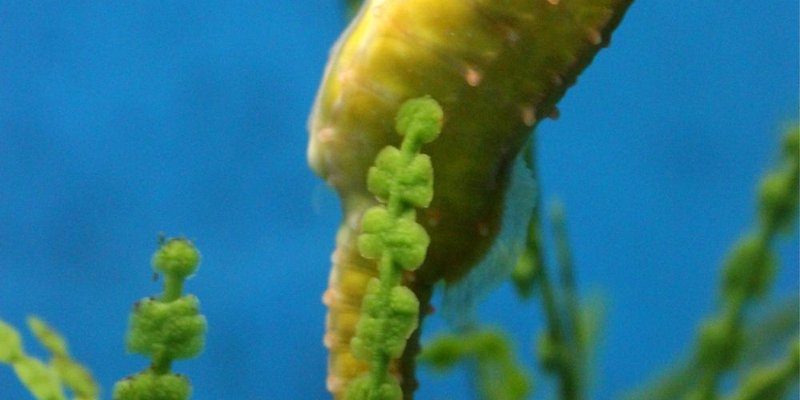
Seahorses are part of the family Syngnathidae, which also includes pipefish and sea dragons. Unlike many fish that munch on everything from algae to smaller critters, seahorses have a more specialized palate. Imagine them like picky eaters at a buffet, focusing primarily on tiny, tasty morsels to sustain their quirky little bodies. So, let’s explore what makes up their diet, how they hunt, and why their feeding habits are crucial for their survival.
What Do Seahorses Eat?
Seahorses primarily feed on small crustaceans, with their favorite being zooplankton, which includes tiny shrimp and larval forms of marine animals. Think of zooplankton as the fast-food burgers of the ocean—quick and easy bites that give seahorses the energy they need. They also nibble on small fish larvae and other tiny aquatic creatures. The seahorse’s mouth acts like a straw, allowing it to suck up its food, which is a rather unique feeding mechanism in the fish world.
Interestingly, seahorses are not picky regarding the type of zooplankton they consume. They will eat brine shrimp, copepods, and amphipods, depending on what’s available in their environment. The diet can vary based on their habitat—seahorses in more nutrient-rich waters may have access to a wider variety of food. Honestly, if you were a seahorse, you’d want to live in an area bustling with small critters.
How Do Seahorses Hunt?
Seahorses don’t quite “hunt” in the traditional sense. Instead, they are more like ambush predators. Picture a tiny, whimsical horse waiting patiently as its meal swims by. They often use their prehensile tails to grip onto sea grasses, corals, or other structures, which gives them stability in the water while they wait to feast.
When a potential meal comes close, they swiftly extend their elongated snouts to suck in the food. This feeding strategy is quite effective, but it also means seahorses must be in a habitat rich with food sources. If they’re in an area where prey is scarce, they might struggle to find enough to eat.
Feeding Frequency and Intake
You might be wondering how often seahorses chow down. These little guys typically eat anywhere from 20 to 30 times a day! Yes, that’s right—they’re like the snack-loving friends who never say no to food. Since seahorses lack stomachs, they have to eat continuously to get all the nutrients they need. Their bodies digest food quickly, which is why they need to eat frequently.
Their daily intake can vary based on size, species, and availability of food. Generally speaking, a seahorse will consume around 1,500 calories a day for optimal health. Imagine them as tiny athletes constantly refueling to keep their bodies energized and ready to go!
The Role of Habitat in Feeding
The environment where a seahorse lives significantly impacts its diet and feeding habits. Seahorses are often found in shallow, warm waters with plenty of vegetation. These areas, like seagrass beds and coral reefs, provide both food and places for seahorses to hide from predators.
In a rich habitat, they can find plenty of small crustaceans to munch on, which helps maintain their energy levels. But if their habitat suffers due to pollution or climate change, it could lead to a decline in food sources. This is critical because the survival of seahorses heavily relies on their environment and the availability of prey—like a well-stocked kitchen for a cook!
Challenges in Obtaining Food
While seahorses have adapted to their diet, they face challenges, particularly in polluted waters or areas with fewer nutrients. Overfishing and habitat destruction can drastically affect the delicate balance of their ecosystem. Imagine trying to eat in a crowded restaurant with no wait staff—frustrating, right?
Moreover, seahorses are slow-moving creatures, and their hunting technique requires patience and the right conditions. If food becomes scarce, they might struggle to feed themselves effectively. In the wild, this can lead to malnutrition or starvation if they can’t find enough to eat consistently.
Impacts of Diet on Seahorse Health
The health of a seahorse is closely linked to its diet. A well-rounded diet rich in nutrients helps support their immune systems and reproductive health. For example, seahorses that consume a variety of zooplankton tend to be healthier and more vibrant. Conversely, a poor diet can lead to lethargy, reduced breeding success, and even death.
Seahorses can be quite sensitive to changes in their diet and environment. It’s kind of like a delicate balance; if one thing goes off-kilter, it can affect their overall well-being. This susceptibility underlines the importance of preserving their habitats and ensuring they have access to ample food sources.
The diet and feeding habits of the seahorse are a beautiful blend of fascinating behaviors and the natural world’s intricacies. From their unique feeding styles to the challenges they face in finding food, seahorses show us just how connected life in the ocean really is.
By learning about what these charming creatures eat, we can better understand the importance of maintaining their habitats and the delicate ecosystems they inhabit. So, next time you catch a glimpse of a seahorse, remember the incredible journey of meals and munching that helps keep them thriving in our oceans!

